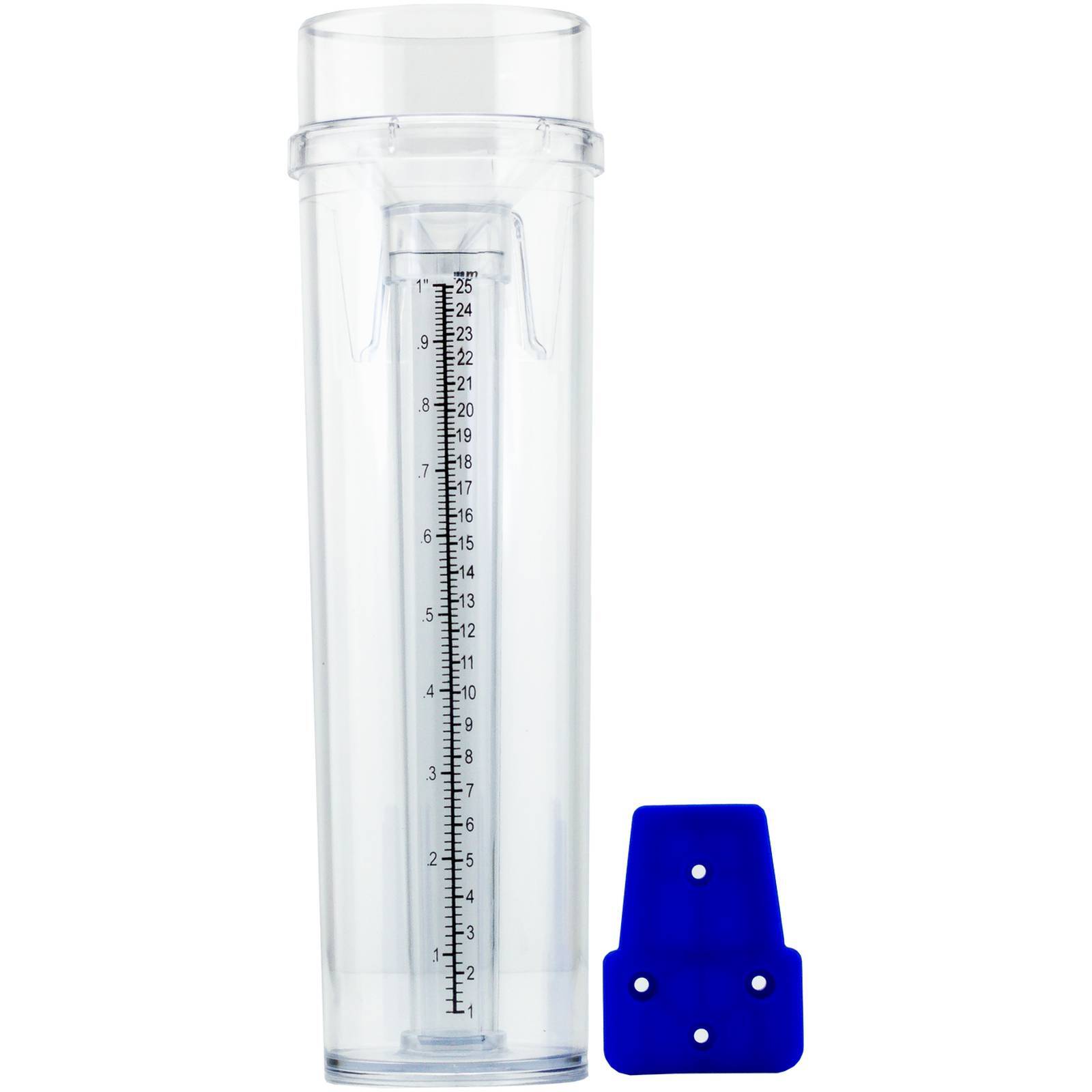Specialist Tips for Utilizing a Rain Gauge to Monitor Local Weather Issues
Specialist Tips for Utilizing a Rain Gauge to Monitor Local Weather Issues
Blog Article
Unveiling the Scientific Research Behind Rain Gauges: Just How These Instruments Play an Important Function in Environment Research and Ecological Tracking
Rainfall gauges, seemingly basic devices, hold a profound importance in the realm of environment research and environmental surveillance. These plain tools silently accumulate among nature's most vital components-- rains. Behind their unpretentious facade lies an intricate scientific research that is indispensable for recognizing the characteristics of our environment. As we peel back the layers of this scientific shroud surrounding rainfall determines, we reveal a globe where precision, information precision, and meticulous observation merge to unveil a much deeper understanding of our altering environment and its effect on the world.
Value of Rainfall Gauges
Rainfall gauges play an essential function in tracking and determining precipitation levels, offering essential data for climate research and evaluation. These devices are basic in quantifying the amount of rains that happens in a particular area over a specific duration. By collecting and gauging rain, rainfall evaluates deal beneficial understandings right into the circulation and intensity of precipitation, aiding meteorologists, hydrologists, and climatologists in recognizing weather patterns and patterns.
Furthermore, long-term information collected from rain assesses aids in assessing climate change influences and patterns, adding significantly to scientific research and decision-making procedures. In essence, rain evaluates offer as essential tools in the field of weather forecasting and ecological scientific research, playing an important role in advancing our understanding of weather and climate characteristics.
Kinds Of Rainfall Gauges

Functionality and Procedure
In the realm of climate research study and atmospheric studies, the performance of rain assesses lies in their intricate performance and accurate operational devices. Rainfall assesses are made to accurately gauge the quantity of precipitation that drops over a specific area throughout a set period.
The capability of rainfall evaluates is based upon the concept of gathering and measuring rainwater in a standardized fashion. This gathered information is important for understanding local weather condition patterns, tracking lasting environment trends, and evaluating ecological impacts. To make sure exact measurements, rainfall assesses requirement to be purposefully placed in open locations away from blockages such as structures or trees that can interfere with the collection process.
The functional element of rainfall evaluates involves normal maintenance to protect against debris accumulation, calibration checks to preserve measurement precision, and data tape-recording for analysis (rain gauge). Generally, the capability and procedure of rain gauges are important for gathering reputable rainfall information essential to environment research study and environmental go to the website monitoring
Duty in Environment Research
Provided the vital significance of precise rainfall dimensions in understanding climate patterns and environmental influences, the role of rainfall evaluates in climate study is important. Rain assesses offer crucial data for environment research by measuring the quantity of precipitation that tips over a specific area during a provided period. This data is crucial for keeping track of long-lasting fads in precipitation patterns, analyzing the influence of environment adjustment on rainfall circulation, and boosting environment models.

Climate scientists make use of data gathered from rainfall determines to examine variations in precipitation degrees, recognize regional environment fads, and examine the efficiency of water source administration techniques. By comparing historical rainfall data with present dimensions, researchers can identify shifts in visit this website rainfall patterns, such as adjustments in the frequency or intensity of rainfall events. This info is crucial for recognizing exactly how climate modification is affecting precipitation characteristics and can assist policymakers make informed decisions concerning adaptation and mitigation strategies.
Applications in Environmental Monitoring

In flood forecasting, rainfall gauge information assists to track rainfall intensity and circulation, enabling authorities to release timely cautions and take necessary actions to mitigate flood risks (rain gauge). Drought tracking counts on see this rainfall gauge information to assess dampness levels in the soil and track rainfall shortages, helping in the identification of drought-prone locations and the execution of drought feedback methods
Furthermore, rain gauge data plays a crucial role in water source administration by giving information on water schedule and usage fads. In addition, in farming, rainfall scale information assists farmers in optimizing irrigation schedules, crop choice, and total ranch management techniques based on neighborhood precipitation patterns.
Verdict
To conclude, rain evaluates are necessary tools for determining precipitation, giving useful information for environment study and environmental monitoring. With different types and functionalities, rain gauges play an important duty in recognizing rainfall patterns and their influence on the environment. By properly measuring rainfall, these tools add to the development of scientific understanding and help in making informed decisions pertaining to water resource monitoring and disaster preparedness.
Rain determines play a crucial duty in tracking and determining rainfall levels, offering vital data for climate research study and analysis. The standard rain gauge, understood as the "tipping pail" scale, is one of the most generally utilized devices. Ultrasonic rainfall assesses use sound waves to identify the visibility of rainfall, offering real-time data on rainfall degrees.Environment researchers use information collected from rain determines to assess variants in rainfall degrees, determine regional climate patterns, and examine the effectiveness of water resource administration methods.In verdict, rain evaluates are necessary devices for determining rainfall, offering valuable information for environment research and environmental surveillance.
Report this page